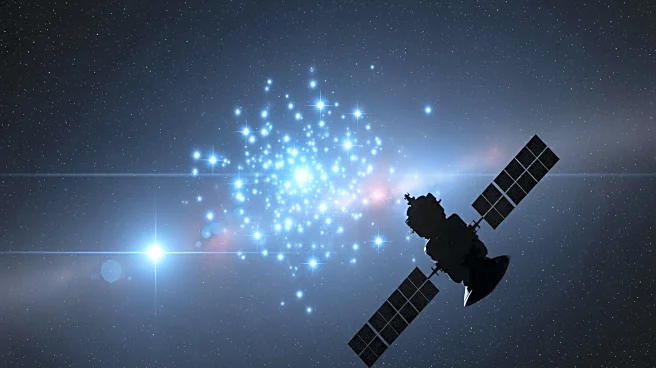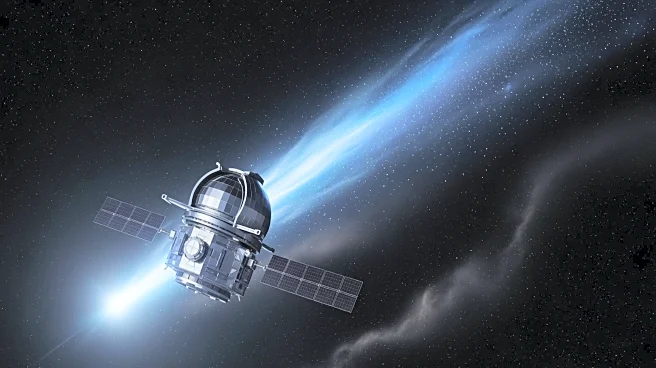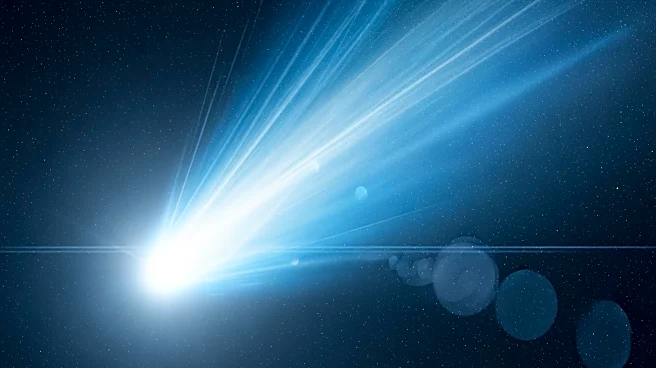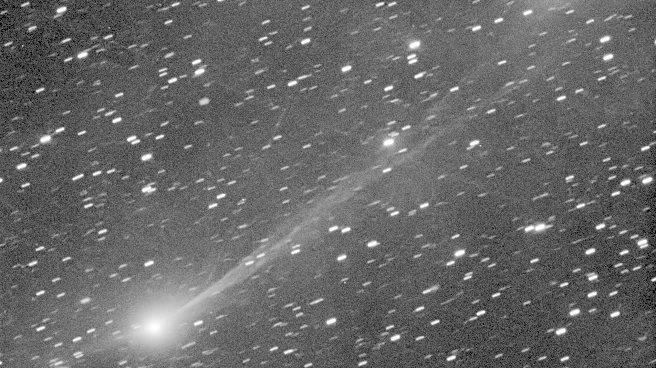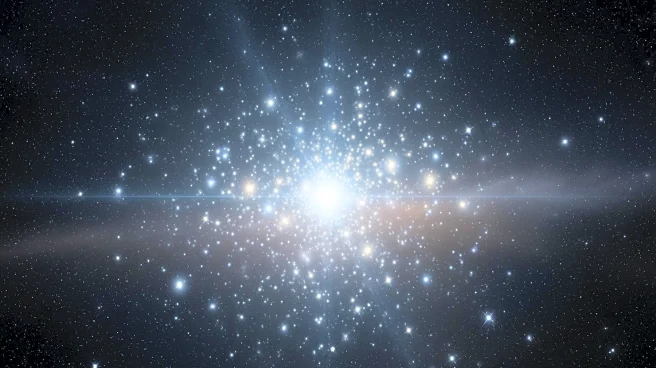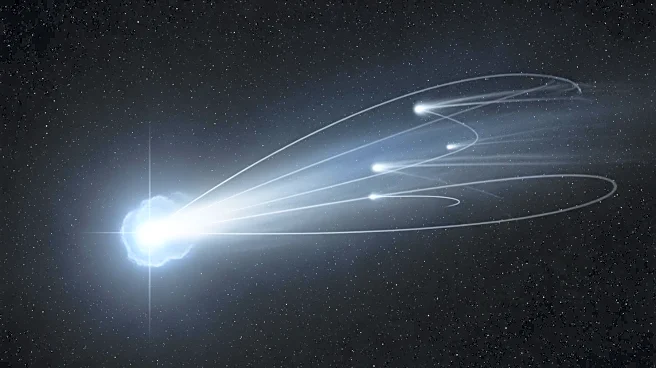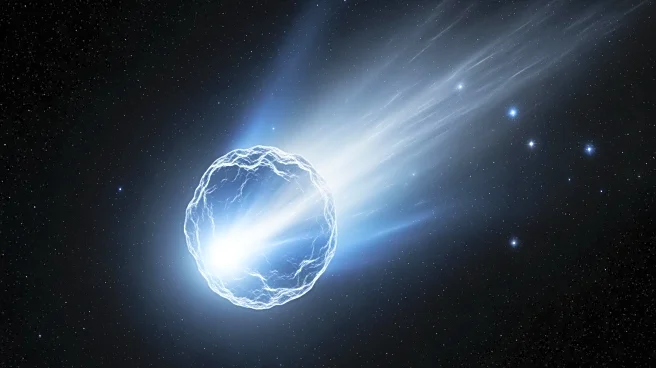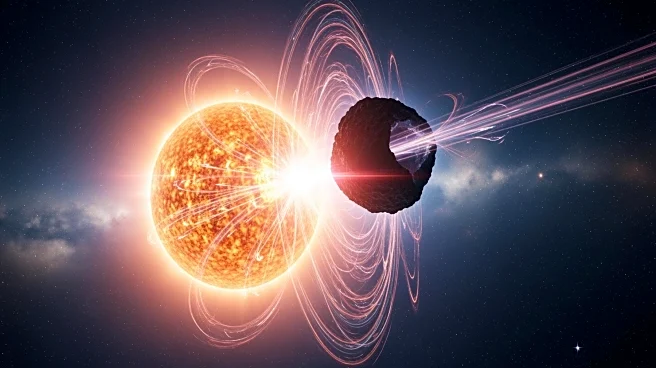What's Happening?
NASA's TESS (Transiting Exoplanet Survey Satellite) has significantly expanded the known size of the Pleiades star cluster, tripling its previously understood dimensions. The Pleiades, located about 430
light-years away in the constellation Taurus, is now recognized to include over 3,000 stars spread across 1,900 light-years. This discovery was made by analyzing the rotation, chemistry, and orbit of stars within the Milky Way, revealing a continuum of stars that form the Greater Pleiades Complex. The findings were published in the Astrophysical Journal, led by Andrew Boyle from the University of North Carolina at Chapel Hill.
Why It's Important?
The expansion of the Pleiades star cluster's known size by NASA's TESS spacecraft offers new insights into stellar formation and distribution. This discovery challenges previous astronomical benchmarks and opens avenues for identifying similar dispersed star clusters. Understanding the chemical and rotational characteristics of these stars provides valuable data for studying the evolution of star clusters and their impact on the Milky Way's structure. This research enhances the scientific community's ability to map and comprehend the galaxy's dynamics, potentially influencing future astronomical studies and space exploration strategies.
